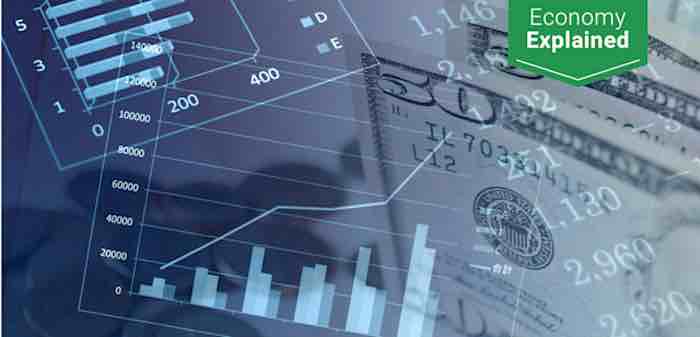By Bob Hoye ——Bio and Archives--September 25, 2021
World News | CFP Comments | Reader Friendly | Subscribe | Email Us
 There are a number of ‘flations out there. Inflation, deflation and from the poorly understood 1970s, stagflation. And the intention of this article is to review historically that there are two kinds of “inflations”, one is bad and the other is good. And only one kind of deflation, which is bad.
While the big tout is that “Inflation is back!”, sure there will be ‘flation, but the subject needs some ‘splaining – particularly about “Deflation”.
There are a number of ‘flations out there. Inflation, deflation and from the poorly understood 1970s, stagflation. And the intention of this article is to review historically that there are two kinds of “inflations”, one is bad and the other is good. And only one kind of deflation, which is bad.
While the big tout is that “Inflation is back!”, sure there will be ‘flation, but the subject needs some ‘splaining – particularly about “Deflation”."My shares which on Monday I bought Were worth millions on Tuesday, I thought So on Wednesday I chose my abode; In my carriage on Thursday I rode; To the ball-room on Friday I went; To the workhouse next day I was sent."The setup was a decade or so of war and soaring inflation, that reached its peak in 1711 and crashed. Out of the ashes, devastated financial markets stabilized and then enjoyed a lengthy bull market that culminated in a wild mania. Setting a pattern that has repeated. Inflation in tangible assets, with a major war soared to a climax and crashed. Then, there was the bull market in financial assets that climaxed less than a decade later, and crashed. Which was followed a by a severe financial and economic contraction. This pattern has repeated with the timing between commodities being close to a decade in each case and it involves two kinds of “inflation” – in tangible and then in financial assets. Each of the latter manias was followed by a serious deflation in most asset prices, from stocks and bonds to residential real estate and commodities. So, the most critical event has been the great financial bubble, of which the present one is the sixth, 1929 being the fifth.
Support Canada Free Press

“Inflation is an inordinate expansion of credit”.Which clearly describes the mechanism attendant to the two kinds of “inflation”, whereby credit expands against whatever game the public chooses to speculate in. In one decade against tangible assets and in the next against financial assets. And then contraction. And this researcher is not bold enough to say “This time it is different”. The last high for Consumer Price Inflation was in 2011, and a decade later a magnificent bubble in financial assets seems to be climaxing. And over this decade, the Fed has been concerned that inflation has been too low and with “easy” credit has been hoping to prevent deflation. Ironically not understanding that excess credit would go into another magnificent inflation in financial assets. And then deflation. Has this happened to the Fed before? With WW I, the global boom in commodities drove the US inflation to 24 percent in 1920 and with the consequent crash, it plunged to minus 16 percent. Making the Federal Reserve System very concerned about deflation so “easy” credit polices prevailed – not understanding that it was time for another great financial mania. That “Great Depression” was not caused by any policy error, it was the natural consequence of a great financial mania made worse by naïve central bankers. Sadly then, not understanding that the consequence of a great financial bubble is a severe contraction. And now the Fed has in knee-jerk fashion done the same thing. And if one needs culprits to explain a contraction Mother Nature and Mister Margin will do.
View Comments
Bob Hoye (BobHoye.com) has been researching investments for decades, which eventually included the history of financial and political markets. He considers now to be the most fascinating time for both since the Great Reformation of the 1600s. Bob casts a caustic eye on all promotions and, having a degree in geophysics, is severely critical of the audacity that a committee can “manage” not just the economy, but also the temperature of the nearest planet. He has had articles published in major financial journals and, as a speaker, has amused assemblies in a number of cities, from London to Zurich to Tokyo.